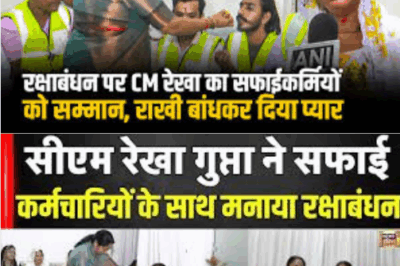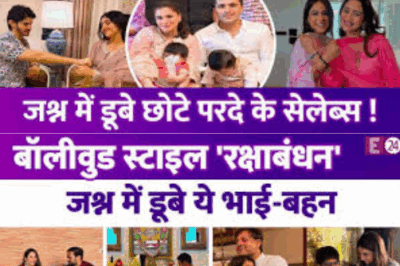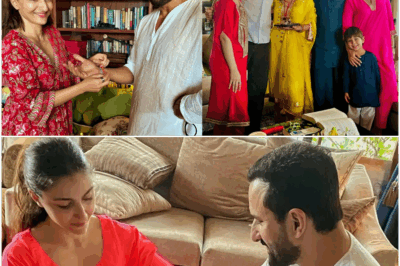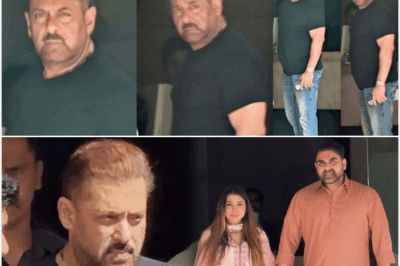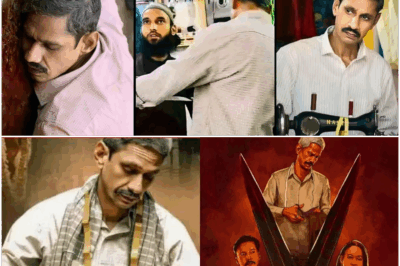Aniruddhacharya SLAMS Amitabh Bachchan And Ranveer Singh | Watch Full Story
In recent weeks, spiritual storyteller Aniruddhacharya has ignited intense controversy—not just in religious or social circles, but across India’s entertainment landscape. In a string of outspoken interviews, he pulled no punches, calling out Bollywood films, celebrities, and societal shifts with unapologetic fervor. His critiques targeted prominent stars like Amitabh Bachchan and Ranveer Singh, but it was the broader cultural underpinnings of his message that sparked a nationwide debate.
At the heart of Aniruddhacharya’s critique was a dissection of modern cinematic values. He accused the film industry of promoting obscenity—arguing that glamorous depictions of lightly clad women and even nude men are both damaging and pervasive. He equated Bollywood’s influence to that of the British Raj and Mughal invasions, claiming that in merely eighty years, Indian cinema has inflicted as much cultural harm as historical forces did over centuries.
He explicitly named Amitabh Bachchan and Ranveer Singh, questioning the responsibility of such celebrities. Aniruddhacharya referenced Bachchan’s iconic line from a song—“If living is necessary, then drinking is also necessary”—mockingly suggesting that the star could be seen as endorsing alcohol use, even implying he might have offered it to his own children. He warned that fandom could lead children to emulate behavior without grasping consequences. On Ranveer Singh, he criticized a nude photoshoot and asked whether society should allow a high-profile star to display nudity publicly, calling it a betrayal of “civilized” values.
He didn’t stop at clothing or celebrity behavior. Expressing frustration with cinema’s focus on materialism, he criticized Bollywood for glamorizing addiction—whether to alcohol, tobacco, or darker impulses. He claimed such depictions mislead youth into dangerous habits, and he held celebrities accountable for setting these poor examples.
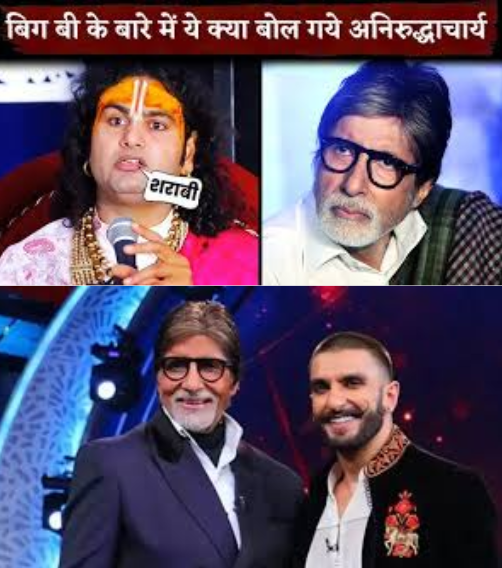
Moreover, Aniruddhacharya demanded that films promoting nudity and vulgarity be banned outright. He pointed to visuals in the song “Blue Hai Pani Pani,” where semi-clad women were showcased, and asked what children are meant to learn from such imagery. His solution was sweeping: censor or ban content that risks undermining moral decorum.
His statements stoked strong reactions from various quarters. Many in the spiritual community criticized his tone and vocabulary. Some challenged his views on early marriage and dismissive remarks about women’s autonomy, noting that such prejudices reflect ignorance rather than enlightened spiritual guidance. Others in religious communities felt that Aniruddhacharya’s language was disrespectful—some even demanded he apologize for derogatory remarks. Political voices denounced the comments as deeply offensive and called upon women to resist such narratives. Social media and women’s groups filed complaints and pushed for legal action, labeling his speech misogynistic and harmful.
Meanwhile, voices across platforms questioned Aniruddhacharya’s method and intent. Critics accused him of seeking attention through provocative statements. Many online posts dismissed him as using shock value for virality, not ethical discourse.
Yet, in the midst of this backlash, Aniruddhacharya remained undeterred. He defended his take, stating that while media shared only snippets of his thoughts, the essence was lost—arguing that he was reacting to larger societal patterns, not individuals. He emphasized that he spoke not out of malice, but out of a sense of moral urgency.
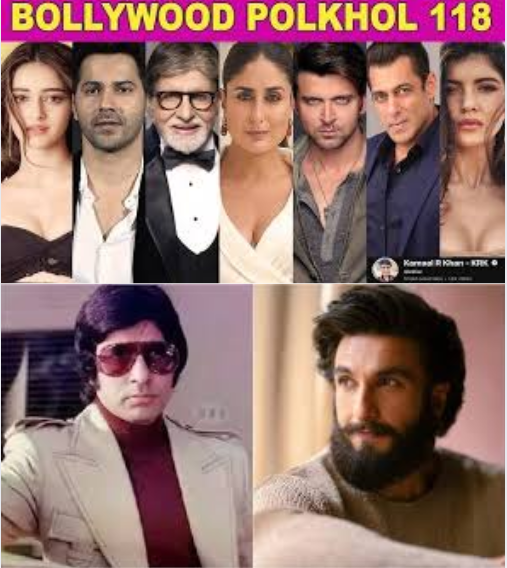
The Bigger Picture: Culture, Cinema, and Conscience
This spectacle of sound bites, rebuttals, and outrage speaks to something deeper: India is wrestling with its identity in an age where tradition and modernity continually collide. Bollywood has long been both custodian and disruptor of cultural values—its capacity to shape fashion, morality, and behavior undeniable. When a moral voice like Aniruddhacharya’s disrupts the narrative, the reaction is swift—and visceral—from both defenders of freedom and guardians of lineage.
The core of his message challenges society to ask: should art be freed from moral consequence, or do artists bear responsibility for their ripple effects? When visuals of glamor co-exist with messages of ethical ambiguity, what does the audience absorb? Is a celebrity’s influence just entertainment, or something more potent?
Ultimately, Aniruddhacharya’s comments, however contentious, offer a mirror. Whether one agrees with him or not, he’s forcing cinema to confront itself. In that confrontation lies the opportunity to redefine responsibility—of storytellers, of stars, and of audiences.
Play video :
News
Delhi CM Rekha Gupta celebrated Rakshabandhan by tying Rakhi to sanitation workers at Jan Seva Sadan
Delhi CM Rekha Gupta celebrated Rakshabandhan by tying Rakhi to sanitation workers at Jan Seva Sadan In a remarkable and…
The love of TV siblings overflowed, Raksha Bandhan fever gripped the stars, small screen stars were immersed in the celebrations!
The love of TV siblings overflowed, Raksha Bandhan fever gripped the stars, small screen stars were immersed in the celebrations!…
Starkids BEING JEALOUS of Aneet Padda for BEING AN OUTSIDER?| Ahaan BEING IGNORE by Starkids?
Starkids BEING JEALOUS of Aneet Padda for BEING AN OUTSIDER?| Ahaan BEING IGNORE by Starkids? Bollywood’s glittering landscape has always…
Soha Ali Khan celebrates Raksha Bandhan with Brother Saif Ali Khan at Pataudi Palace!
Soha Ali Khan celebrates Raksha Bandhan with Brother Saif Ali Khan at Pataudi Palace! . . . Soha Ali Khan…
Salman Khan Looks Older with Family during Celebrate Raksha Bandhan 2025
Salman Khan Looks Older with Family during Celebrate Raksha Bandhan 2025 . . . Salman Khan Celebrates Raksha Bandhan 2025…
Today the fundamentalists must have got some relief- Udaipur Files Kanhaiya Lal Tailor Murder Earned Only ₹1 Lakh
Today the fundamentalists must have got some relief- Udaipur Files Kanhaiya Lal Tailor Murder Earned Only ₹1 Lakh . ….
End of content
No more pages to load

